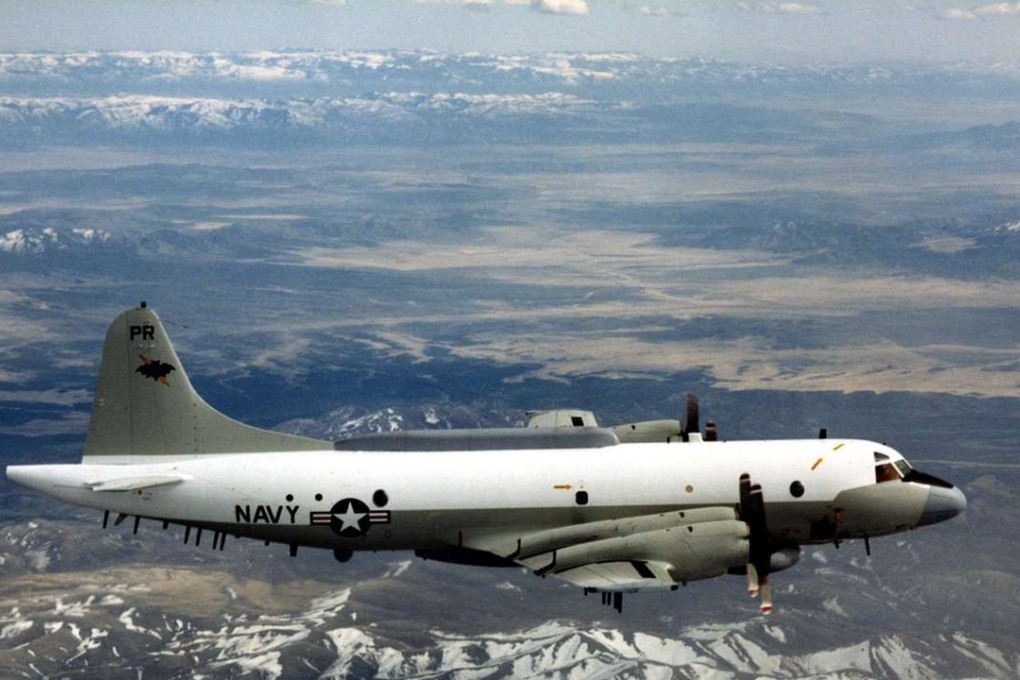Update | Beijing and Washington offer differing versions of spy plane intercept in South China Sea
Pentagon reports that two Chinese fighter jets approached US military reconnaissance plane, coming as close as about 15 metres

China and the United States have engaged in a war of words in the aftermath of a close encounter between two Chinese fighter jets and a US military reconnaissance aircraft over the South China Sea.
In a statement, the Pentagon condemned the Chinese military for making an “unsafe” interception of the US aircraft while it was carrying out a “routine” patrol of the disputed waters on Tuesday. It said the plane was in international airspace at the time.
The foreign ministry in Beijing issued a strongly worded rebuke, denying the interception was unsafe and saying the close surveillance posed a security threat to China.

The US allegations are untrue,” foreign ministry spokesman Hong Lei said.
“The Chinese aircraft kept a safe distance.”